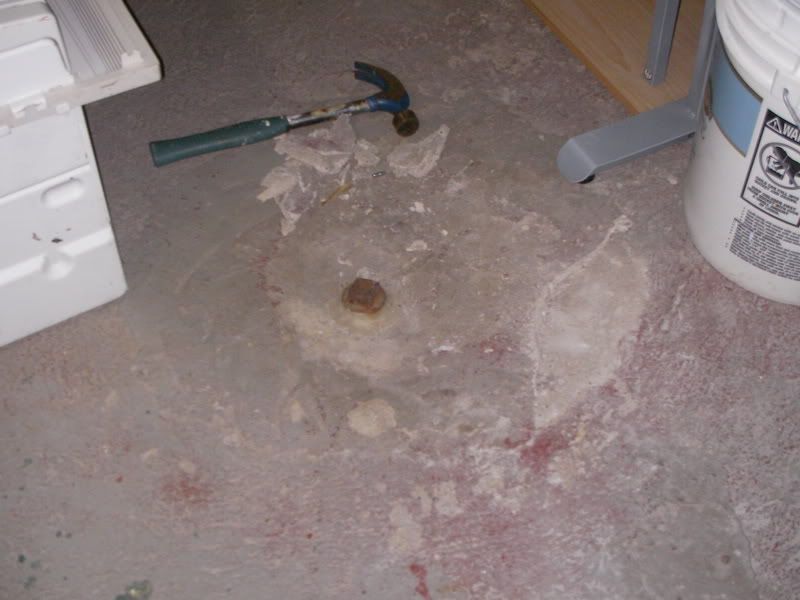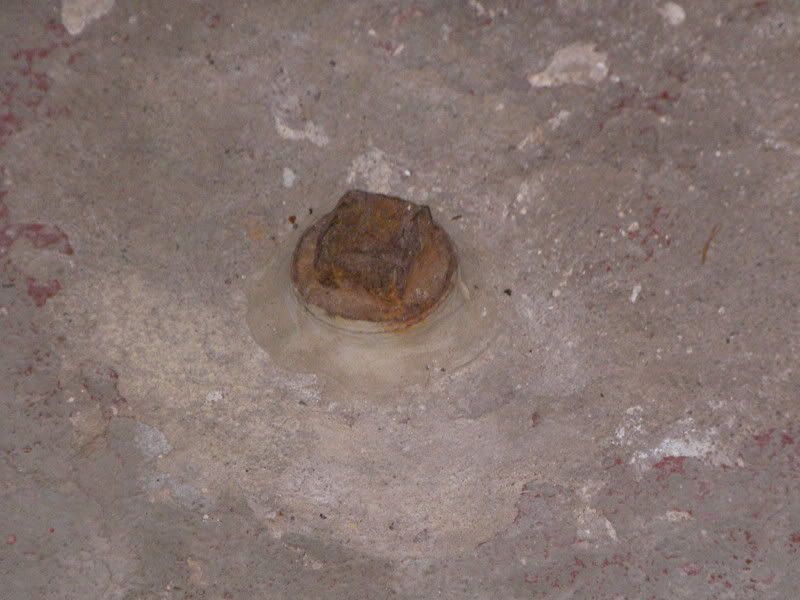I own a ranch home with a basement (1/2 finished ½ unfinished) that was built in late 40s or early 50s and have questions regarding basement flooding. For the most part, my basement is dry, and not humid. I have a radon remediation system consisting of two 4 pipes through the slab on either end of the house in the center about 24 form the foundation wall. If I get a sustained hard steady rain, I will start to hear water sloshing from the radon remediation system. Presumably, the water table is rising and I am hearing the system trying to suck the water that collects beneath the pipes.
In the past few years we have had two big rain storms in which the water table got high enough so the sloshing stopped as the water table rose to my floor level, and water started to seep in through cracks in the floor. In each instance, the timing was such that right as this happened, the rain backed off and the water subsided so I had no damage, however, I dont want to rely on luck the next time we have one of these rare storms and Im looking for information on a possible remedy. Worth noting, in each of these storms my neighbors fared worse than I, some getting inches of water. My downspouts all drain far from the house, and the grading is good, problem only occurs with very heavy sustained rains.
I noticed on the unfinished side of my basement there is a spot that looks like there was a sump pit that was sealed up. There is a square metal plug (cleanout??) there now, but the patched area is a circle that is about 24 in diameter. I would think for my situation a sump with a pump would be perfect to relieve the water table just in these rare instances, but my concern is the house is so old that the appropriate drainage may not be in place. On the other hand, the fact that it seems like there was one there before makes me think maybe it is. Any idea on what would have been normal construction practice in this regard for a house of this age?
Also, does the sloshing I hear from the radon remediation indicate anything? Perhaps a clue that maybe theres adequate drainage. Assuming no special drainage is in place, if a sump was added could it be effective, or would it just be a situation where it would relieve that one specific area? Any ideas/help would be very appreciated.
In the past few years we have had two big rain storms in which the water table got high enough so the sloshing stopped as the water table rose to my floor level, and water started to seep in through cracks in the floor. In each instance, the timing was such that right as this happened, the rain backed off and the water subsided so I had no damage, however, I dont want to rely on luck the next time we have one of these rare storms and Im looking for information on a possible remedy. Worth noting, in each of these storms my neighbors fared worse than I, some getting inches of water. My downspouts all drain far from the house, and the grading is good, problem only occurs with very heavy sustained rains.
I noticed on the unfinished side of my basement there is a spot that looks like there was a sump pit that was sealed up. There is a square metal plug (cleanout??) there now, but the patched area is a circle that is about 24 in diameter. I would think for my situation a sump with a pump would be perfect to relieve the water table just in these rare instances, but my concern is the house is so old that the appropriate drainage may not be in place. On the other hand, the fact that it seems like there was one there before makes me think maybe it is. Any idea on what would have been normal construction practice in this regard for a house of this age?
Also, does the sloshing I hear from the radon remediation indicate anything? Perhaps a clue that maybe theres adequate drainage. Assuming no special drainage is in place, if a sump was added could it be effective, or would it just be a situation where it would relieve that one specific area? Any ideas/help would be very appreciated.






